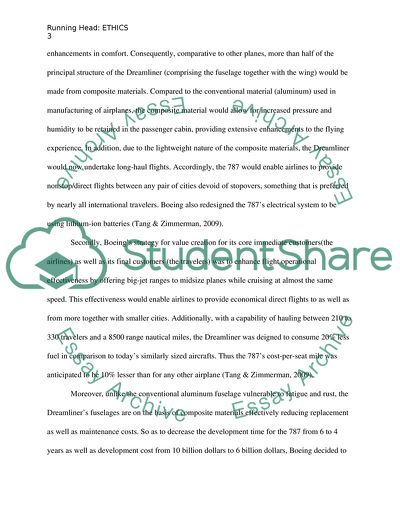Cite this document
(How Boeing Dealt with CSR During the Production of the 787 Dreamliner Article Example | Topics and Well Written Essays - 3000 words, n.d.)
How Boeing Dealt with CSR During the Production of the 787 Dreamliner Article Example | Topics and Well Written Essays - 3000 words. https://studentshare.org/ethics/1874070-how-boeing-delt-with-csr-during-producion-of-the-787-dreamliner
How Boeing Dealt with CSR During the Production of the 787 Dreamliner Article Example | Topics and Well Written Essays - 3000 words. https://studentshare.org/ethics/1874070-how-boeing-delt-with-csr-during-producion-of-the-787-dreamliner
(How Boeing Dealt With CSR During the Production of the 787 Dreamliner Article Example | Topics and Well Written Essays - 3000 Words)
How Boeing Dealt With CSR During the Production of the 787 Dreamliner Article Example | Topics and Well Written Essays - 3000 Words. https://studentshare.org/ethics/1874070-how-boeing-delt-with-csr-during-producion-of-the-787-dreamliner.
How Boeing Dealt With CSR During the Production of the 787 Dreamliner Article Example | Topics and Well Written Essays - 3000 Words. https://studentshare.org/ethics/1874070-how-boeing-delt-with-csr-during-producion-of-the-787-dreamliner.
“How Boeing Dealt With CSR During the Production of the 787 Dreamliner Article Example | Topics and Well Written Essays - 3000 Words”. https://studentshare.org/ethics/1874070-how-boeing-delt-with-csr-during-producion-of-the-787-dreamliner.


